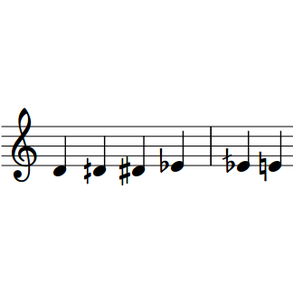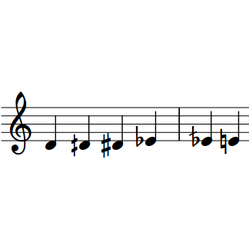The experience of music is often compared to the perception of colors. What would it be like to see a completely new color, one you had never seen before? We may never get to experience this, but in the realm of music, we can experience something similar: musical intervals and scales that are completely new to us and outside our normal experience. These intervals fall under what is called microtonalism.
Microtonal music is usually defined as any form of music which uses intervals smaller than the typical 12-step chromatic scale used in most modern Western music.
Microtonal music includes quarter tones and other equally tempered tuning systems, but it also includes other approaches to tuning and composition which are based on small intervals, including compositions using just intonation (exact matches to natural harmonics).








 The Shaming of Femininity and Elevation of Masculinityon 07/13/2017
The Shaming of Femininity and Elevation of Masculinityon 07/13/2017
 What is Genderqueer or Non-Binary Gender?on 10/16/2015
What is Genderqueer or Non-Binary Gender?on 10/16/2015
 Resources for Learning Spanish Free Onlineon 04/13/2016
Resources for Learning Spanish Free Onlineon 04/13/2016
 Ways Native Plants Can Help Control Invasive Plantson 05/26/2016
Ways Native Plants Can Help Control Invasive Plantson 05/26/2016


Comments